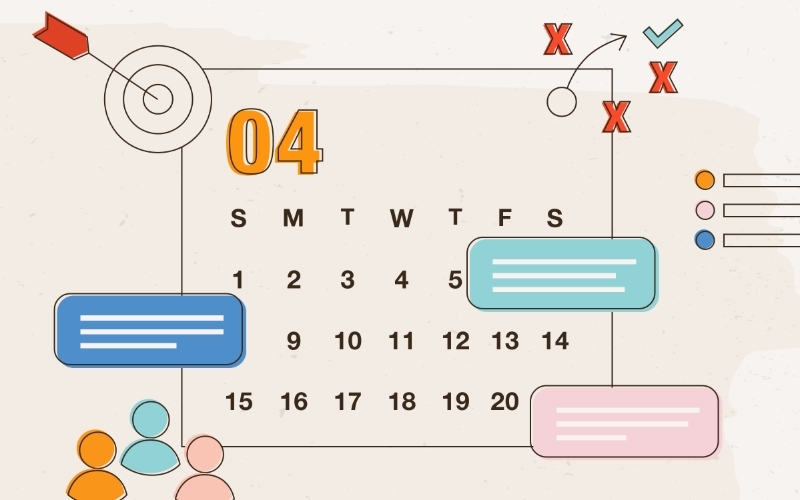Content Marketing
Blogging is a powerful marketing tool that helps brands foster engagement and build their business. In fact, companies that produce blogs generate nearly 70% more leads per month than those that don’t include blogging in their content marketing strategy.
Wray Ward works with many clients that use a blog to drive website traffic, promote products and services, build trust, generate and nurture leads, and more. Whether to date blog posts is a question that occasionally crops up when we’re planning a content marketing program or evaluating an existing effort. But cruise owned content on the internet, and you’ll likely see a healthy mix of blog posts that have a date and posts that do not. In fact, including a date is a hotly, if sneakily debated, topic.
So, should you date your blog posts?
Absolutely.
If you don’t include a publication date on your blog posts, it’s time to reconsider. Here are a few reasons.
Dates provide critical context.
As a user, I find a blog post without a date almost as frustrating as a blog post that’s poorly written or generally unhelpful. If I don’t know whether the content is five days, five months or five years old, how do I know whether the information is still relevant? For example, if I’m reading a blog post about the impending death of third-party cookies and the blog doesn’t have a date, how am I supposed to know whether the cookies are dead or alive? Are the changes coming soon, or have they already happened?
(Speaking of third-party cookies, take our approach to this evolving issue, discussed in a blog post originally published in 2020. Including the original publication date gives our readers a basic timeline for the death of the third-party cookie. Furthermore, adding a brief statement at the top with the date of the most recent changes signals to readers that the post is still correct, even though it first hit the internet a couple of years ago.)
Good evergreen content doesn’t expire as a gallon of milk does. Instead of hiding behind your “old” blog posts by excluding the dates, extend the posts’ shelf life by periodically reviewing them, especially those that still drive a healthy amount of organic traffic, and making updates where needed. That content you created seemingly ages ago will feed your business like a slow-release fertilizer, while your users will get the information they need right now. Everyone wins.


